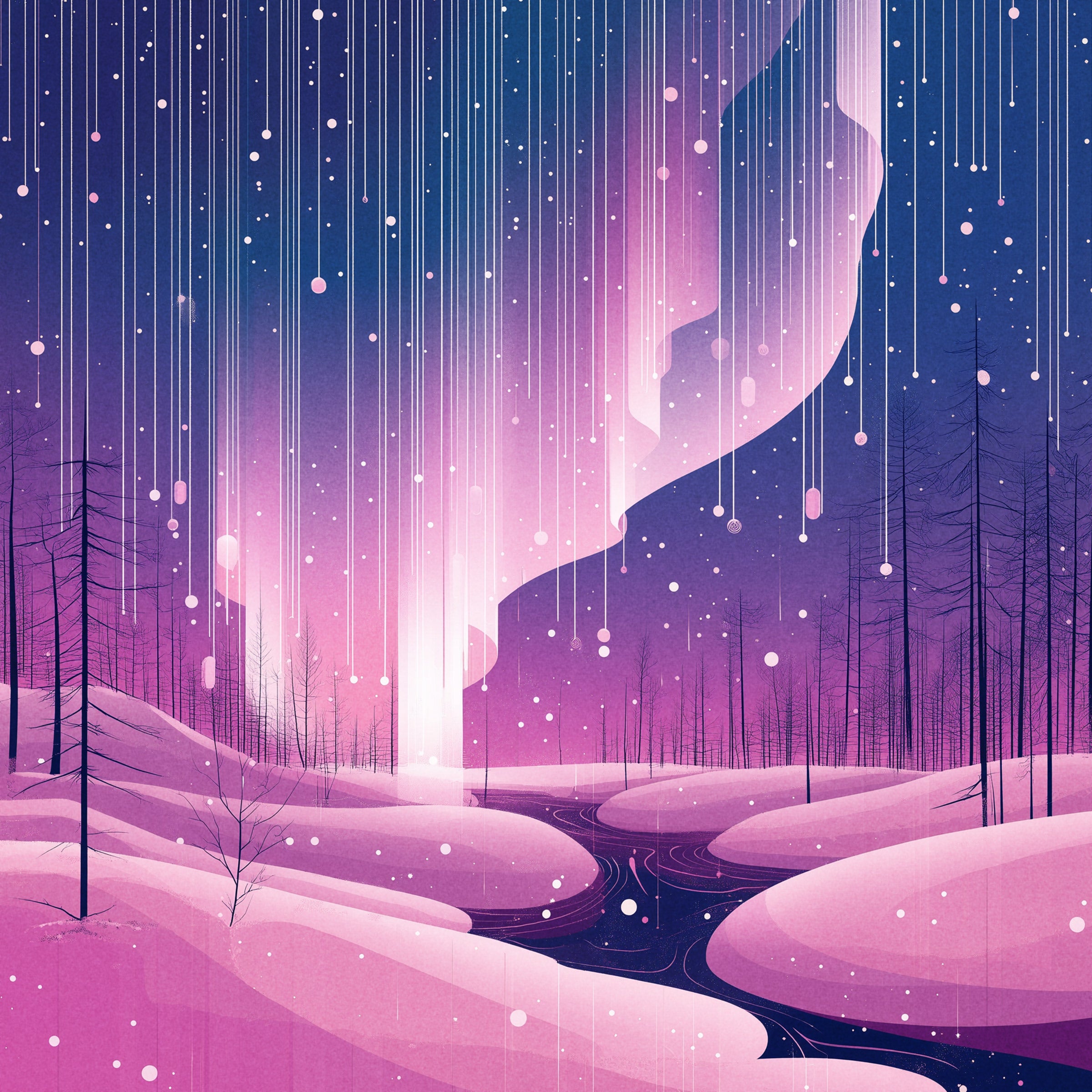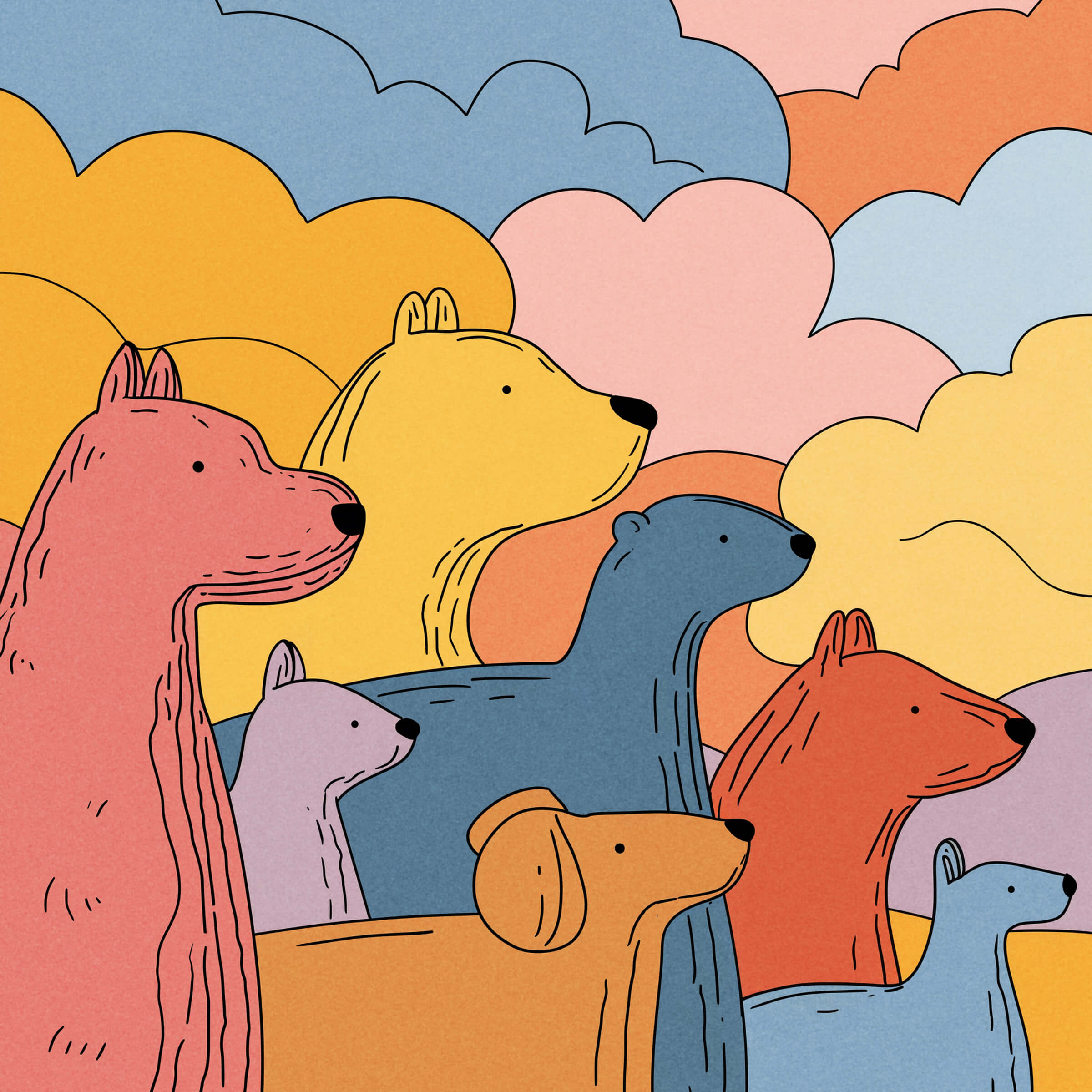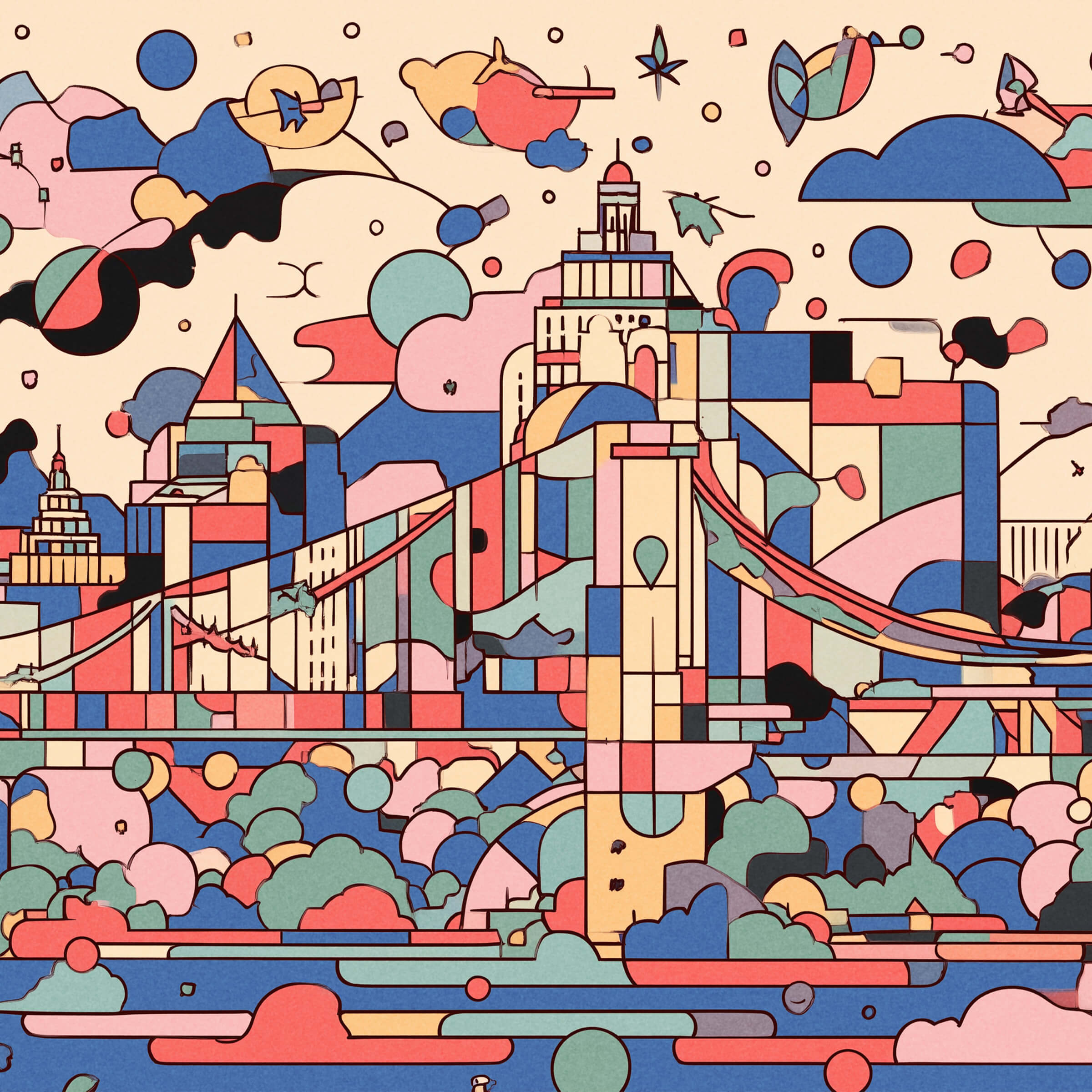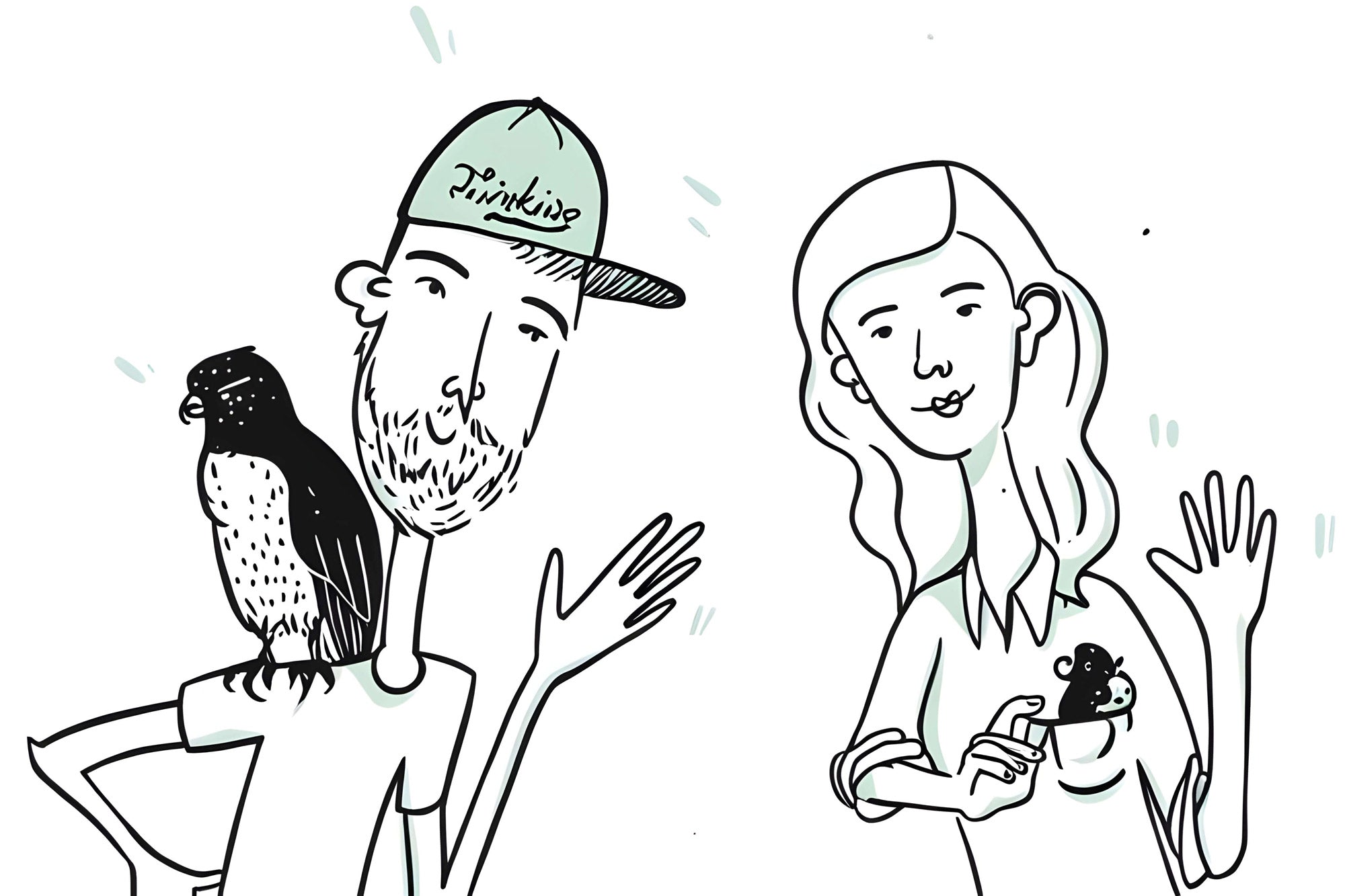
Northern Lights, Big Energy: 16 Surprising Facts About the Aurora Borealis
Picture this: you’re standing under a pitch-black sky, bundled against the biting cold, when suddenly the heavens ignite with rippling sheets of green and red light. It’s beautiful, mysterious, and slightly unsettling—it’s the aurora borealis, also known as the northern lights.
For centuries, this dazzling phenomenon has sparked awe, myths, and scientific curiosity. But what exactly causes this natural phenomenon, and how far can they reach? Let’s illuminate the facts behind this celestial spectacle.
1. The Aurora Borealis Is a Dynamic Light Show Powered by Earth's Magnetic Field
The northern lights aren’t just eye candy. They’re the result of charged solar particles tangoing with Earth’s magnetic field. The interaction creates glowing curtains, spirals, or rays of light that range from subtle greens to vivid, multicolored displays. This happens in the northern hemisphere of Earth. The same phenomenon occurs in the southern hemisphere, but that beast is named the aurara australis. Equally cool, but not our focus;-).
2. Solar Wind Traveling at 1.8 Million MPH Creates the Northern Lights
Particles from the sun zip toward Earth at an outrageous 1.8 million miles per hour before slamming into the magnetosphere. The resulting collision powers the northern lights, proving solar wind isn’t just a breezy afterthought.

3. The Colors of the Aurora Depend on Gas Types and Altitudes
Green auroras? Oxygen at lower altitudes. Red ones? Oxygen higher up. Blue and purple? Blame nitrogen. The northern lights are basically a cosmic chemistry experiment with a flair for the dramatic.
4. Rare Sounds from the Aurora Borealis Have Been Recorded
In 2012, Finnish researchers captured faint "clapping" sounds linked to the aurora. Normally silent, these eerie noises are thought to come from charged particles mingling with the atmosphere. Science: now with bonus sound effects.
5. Auroras Generate Electrical Currents More Powerful Than Lightning
The northern lights pack an electric punch with currents reaching up to 50,000 volts and 20 million amperes. For context, that’s stronger than your average lightning bolt. Nature’s light show doesn’t skimp on power.

6. The Aurora Borealis Can Be Seen as Far South as the Tropics
During intense solar storms, the northern lights go rogue. In 1958, an aurora stretched across North America and lit up skies in Cuba and Mexico. Imagine seeing the aurora while sipping a margarita.
7. Auroras Extend Hundreds of Miles Above Earth’s Atmosphere
The aurora borealis doesn’t stop at the sky. It reaches up to 370 miles into space, exceeding the orbit of the International Space Station. Astronauts don’t just get front-row seats—they pass right through the lights.
8. Jupiter’s Auroras Are 20,000 Times Brighter Than Earth’s
Earth isn’t the only planet showing off. Jupiter’s magnetic field creates auroras that make ours look like dim bulbs. With 20,000 times the brightness, Jupiter’s lights are interplanetary overachievers.
9. Rare Yellow Auroras Are Created by Color Mixing at Specific Altitudes
Yellow auroras happen when red and green light mix at just the right altitude. They’re rare but proof that even auroras dabble in color theory.
10. Pulsating Auroras Blink Like Celestial Beacons in the Sky
Unlike steady auroras, pulsating ones flash on and off like cosmic strobe lights. They’re caused by shifting energy in Earth’s magnetic field, turning the night sky into a light show with rhythm.
11. Dark-Sky Preserves Offer Perfect Conditions to View the Aurora Borealis
Dark-Sky Preserves are like VIP sections for stargazing. These protected areas minimize artificial light, making them ideal for aurora watching. No city glow, no problem.
12. The Aurora Borealis Can Enhance Long-Distance Radio Communication
Ionized particles in auroras can reflect radio waves, enabling long-distance communication. Before modern tech, this quirk helped send signals during geomagnetic storms.
13. The Strongest Solar Storm in History Lit Up the Skies in the Caribbean
The Carrington Event of 1859 (a geomagnetic storm) delivered a light show so intense it reached as far south as the Caribbean. The geomagnetic storm disrupted telegraphs and stunned skywatchers who didn’t know what hit them.
14. Northern Lights Have Inspired Myths and Legends Across Diverse Cultures
Inuit Tribes
Some believed the aurora represented spirits playing a ball game with a walrus skull. Others thought it was walrus spirits tossing a human skull.
Norse Mythology
For Vikings, the lights were the Valkyries choosing the slain or the glowing "Bifrost Bridge" leading to Valhalla.
Algonquin Tribes
They saw the aurora as a sign of care and presence from their creator, Nanahbozho.
Cree People
To the Cree, the lights symbolized deceased loved ones trying to communicate.
Medieval Scandinavia
Some believed auroras were reflections from schools of herring, connecting the lights to fishing.
Finnish Folklore
Known as "revontulet" or "fox fires," Finnish legend describes a mythical fox creating sparks with its tail.
Six Nations Confederacy
These tribes saw the aurora as a gateway to the Land of the Souls, a sacred realm.
15. The Northern and Southern Lights Are Simultaneous Mirror Images
The northern and southern lights are synchronized shows on opposite sides of the planet. Earth’s magnetic field ensures the auroras are mirror images, like a planetary selfie in real time.
16. The Best Places to See the Northern Lights Highlight Unique Advantages
Tromsø, Norway
Situated above the Arctic Circle, Tromsø offers nearly guaranteed winter sightings with mild coastal winters.
Fairbanks, Alaska, USA
Fairbanks boasts around 220 aurora-visible nights per year, making it North America’s go-to aurora hub.
Iceland
Iceland’s sparse light pollution and geothermal hot springs offer incredible views and a warm soak beneath the lights.
Abisko National Park, Sweden
With its "blue hole" microclimate and the Aurora Sky Station, this park promises consistent, clear aurora sightings.
Finnish Lapland
Up to 200 aurora-visible nights a year, plus igloos with glass roofs for cozy, unforgettable light-chasing.
Churchill, Manitoba, Canada
Famous for polar bears, Churchill also delivers pristine skies for aurora viewing.
Lofoten Islands, Norway
These islands offer dramatic scenery paired with exceptional conditions for aurora photography.
Yellowknife, Northwest Territories, Canada
With its dry climate and location under the auroral oval, Yellowknife ensures vibrant, multi-colored displays.
Yukon Territory, Canada
Rugged wilderness and minimal light pollution make the Yukon a peaceful haven for aurora viewing.
Northern Minnesota and Wisconsin, USA
High solar activity can bring the aurora as far south as Voyageurs National Park, offering rare opportunities closer to home.
Bonus: The Pop Singer Aurora Was Named After The Northern Lights
The Norwegian pop singer Aurora Aksnes, known simply as Aurora, shares her name with the aurora borealis. Born in Stavanger, Norway, she’s deeply inspired by nature, often weaving themes of the natural world into her ethereal music and performances. Her art and sound reflect the beauty and mystery of the northern lights, making her name a fitting tribute to this celestial phenomenon.
The aurora borealis is a perfect blend of science, beauty, and a touch of cosmic drama. From their vibrant colors to their mind-bending myths, the northern lights remind us how fascinating—and small—we really are. Want to keep feeling tiny?
Check out our other posts like "Reasons Why You Are Small (in the Scheme of Things)" and "Fun Facts About the Moon" And if you’re itching to see the aurora for yourself, head over to the NOAA for a guide to the best viewing spots. Whether you’re chasing the lights in Alaska or Iceland, just remember: Earth’s magnetic field doesn’t do boring.





